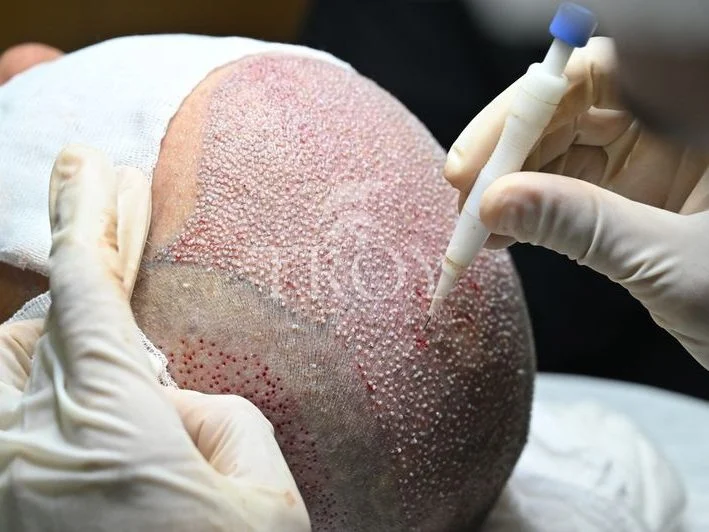
Hair loss affects millions of individuals in the United States. A hair transplant is an effective method to address thinning hair or baldness. Here is more information on this treatment option, the different types available, what they involve, and the benefits they offer to those dealing with hair loss:
What Is a Hair Transplant?
A hair transplant is a surgical procedure designed to move hair follicles from one area of the scalp, typically where hair is thicker, to an area experiencing thinning or baldness. This solution can aid individuals experiencing hereditary hair loss, aging-related thinning, or hair damage resulting from medical conditions. Hair transplants aim to provide a permanent solution for hair restoration by addressing the root cause of hair loss, which often involves damage or dormancy of hair follicles. Because this method utilizes a patient’s natural hair, it yields results that appear and feel natural.
What Are the Different Types?
There are two primary methods used in hair transplant surgeries. Each offers unique benefits, and the choice depends on individual needs and preferences. Consulting with a specialist can help determine which option suits your needs.
Follicular Unit Extraction (FUE)
FUE is a minimally invasive technique where individual hair follicles are removed from the donor area. They are then transplanted into the treatment area. This method leaves tiny puncture scars rather than larger incisions, resulting in a faster healing process and minimizing visible scarring.
Follicular Unit Transplantation (FUT)
FUT, sometimes known as the strip method, involves removing a small strip of scalp from the donor area. Hair follicles are then extracted and transplanted to the desired location. This method generally allows for a larger number of grafts to be transplanted in a single session, which can be advantageous for patients with more extensive hair loss. The procedure is suitable for individuals seeking to cover larger areas of baldness and those who prefer to wear their hair longer to conceal any scarring.
What Does Treatment Involve?
Before undergoing a hair transplant, an initial consultation is conducted to assess the patient’s hair loss pattern, skin condition, and overall health. This step enables the surgeon to recommend the most suitable method and create a tailored treatment plan. Patients are also advised to follow pre-surgical preparation guidelines, which may involve avoiding certain medications, alcohol, or smoking to optimize outcomes.
Hair transplant surgeries are performed under local anesthesia. For FUE, the surgeon uses a specialized tool to extract hair follicles and implant them into the recipient area. For FUT, the strip of scalp is removed, and follicles are carefully separated and implanted by the surgical team. Advanced technology provides high precision, resulting in seamless and natural-looking outcomes.
After surgery, patients typically experience some redness, swelling, or itching in both the donor and recipient areas. These effects may subside within a few days. The transplanted hair may fall out over the next few weeks as it makes way for new growth. Aftercare instructions may include avoiding direct sunlight, strenuous activities, and certain hair products for a specified period.
Learn More About This Treatment
Hair transplants offer a solution for individuals seeking to restore their self-image and achieve natural-looking results. Whether choosing FUE or FUT, understanding the process and benefits can help you make an informed decision. If you’re evaluating this treatment, take the next step by consulting a qualified specialist. Their guidance can help you explore options and design a plan that aligns with your goals.




